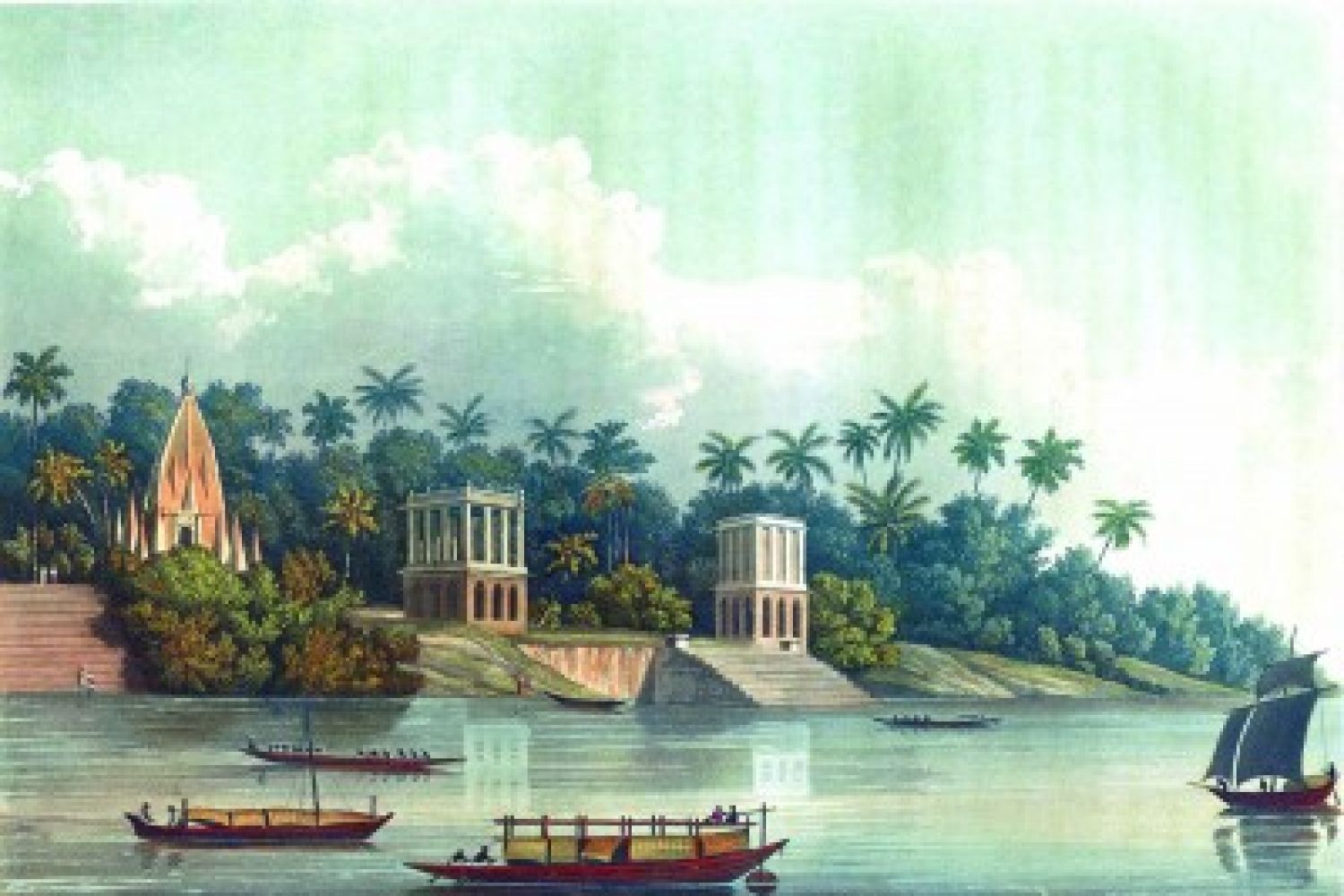
Calcutta, the capital not only of Bengal but of all India,
being the seat of government and residence of the governor-general and council,
has been so much talked of, and so often described, that nothing new or
interesting concerning it can be offered to the reader. A traveller, therefore,
who visits Bengal from curiosity and a desire to explore its grander and wilder
beauties, will not long tarry in its metropolis, but, deciding on the mode in
which he will travel, make his preparations ac
Continue reading “A picturesque tour along the Ganges”
Read this story with a subscription.





